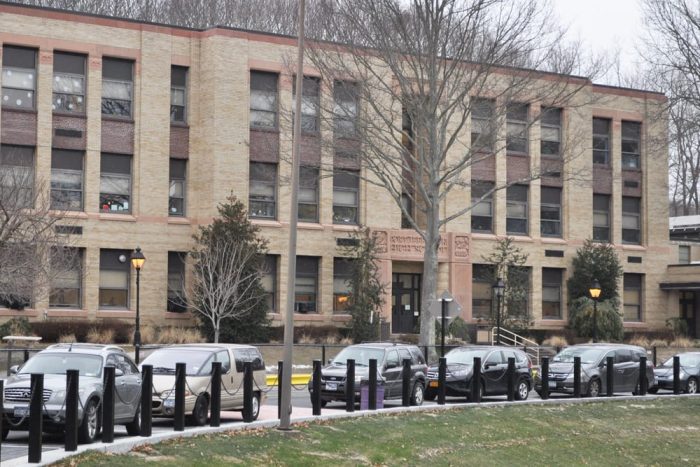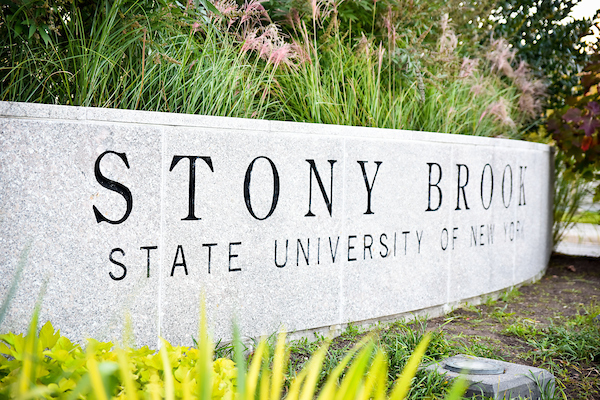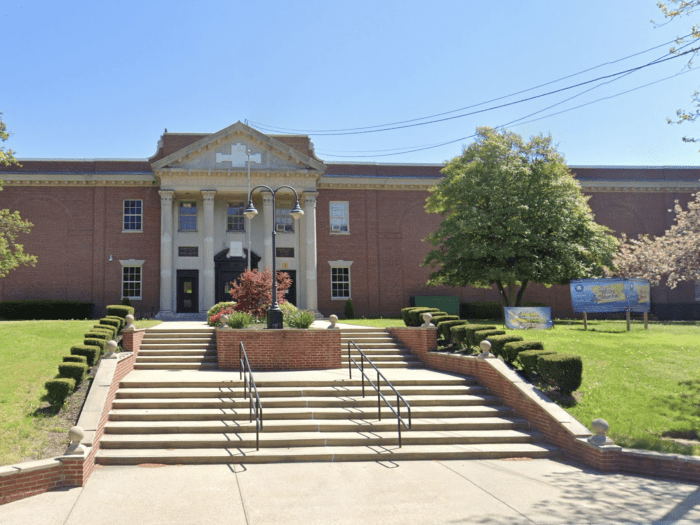By Lauren Feldman
The Northport-East Northport Board of Education meeting, held on Oct. 10 at the W. J. Brosnan Building, shed light on the vast array of construction work that had occurred over summer break, now completed.
The report was presented by John Lackner, director of facilities, and John Piersa, assistant plant facility administrator.
There were two capital projects in the report, the roof of Ocean Avenue Elementary School and Northport Middle School. The middle school project, begun last year, had a late start according to Lackner. But the director said he is happy to finally see the project concluded.
“It was very much needed. We got a lot of calls to go over there to make repairs,” he said.
Lackner emphasized that projects are often determined as a matter of safety. “We do a lot of health and safety when we do work here. We look at things that need a lot of TLC and we refurbish those areas.”
The rest of the projects were internal, and there were many of them.
The library of Pulaski Road Elementary received a new floor, after the carpeting and old flooring containing asbestos were removed. An updated air-conditioning unit was added to the all-purpose room, and the walkway to Pulaski Road was repaved.
At Norwood Avenue Elementary, the library was also de-carpeted and refloored. Sections of cracked sidewalk were replaced.
At Ocean Avenue Elementary, an old storage room was gutted and renovated from top to bottom. The new therapy space will offer a unique place for students and staff to decompress or catch a few minutes of quiet.
The school board worked in conjunction with the Village of Northport to remove the old retaining wall and cut back trees to install a wider path and stronger new wall.
The school’s second-floor hallway was also replaced.
Staff members at Fifth Avenue Elementary were excited to find that a newly-renovated bathroom awaited their return from summer vacation.
Northport Middle School’s gym floor was sanded, repainted and refinished, brightening the space and better outlining court configurations. Alongside the gym updates, a new walkway was built outside from the main office hallway to recess areas.
At the William J. Brosnan Building, a cracked set of tennis courts were repaired and also turned into hybrid pickleball courts with new lines, increasing their versatility for residents and students.
The presentation concluded with Northport High School, at which many big changes had been made.
The tennis court facility was reconfigured to add another court. The original handball courts were removed to make space for a new tennis court, as well as adding a court solely for pickleball and two hybrid courts that can be used for either sport. In total, the court capacity increased from six to seven. The courts were resurfaced and repainted.
Superintendent of Schools Dave Moyer oversaw much of the project. Robert Howard, assistant superintendent for business, credited Moyer’s insight for the addition of the seventh court.
He “brought it to our attention that just resurfacing the courts wouldn’t solve the problem,” Howard said. “We didn’t have seven varsity courts to play on, and that was actually prohibiting the team from making use of daylight to prepare for matches.”
In addition to the tennis courts, the ‘little commons’ also received a massive update with the total removal of the lockers and installation of couch-and-lounge spaces, alongside new flooring and a paint refresh.
Moyer said the students were the inspiration for the space. “We do try to have our students feel like the schools are theirs. They take a lot of ownership over the school.”
“Our students are really instrumental in leading what goes on in our buildings, and you can feel that when you walk in,” he added.
The second-floor center partition was removed to open up the space, and in the music wing a creative floor tile layout creates the illusion of piano keys.
Finally, the upper commons bathroom is now fully ADA compliant.
With the schools refreshed and ready for the year ahead, students and staff can focus on what’s most important: a strong education at upgraded, welcoming schools.
“[I’m] really proud of the staff, of the leadership, and I’m really excited to see our facilities being used,” Howard said.









 Members of the Long Island community, as well as friends of the HBDMB are invited, and tickets can be purchased at the door for $12. Students can purchase tickets for $5 with a valid student ID, and children under 10 enter for free. All proceeds from the event will go to Band Parents Association of Huntington, a not-for-profit organization and will benefit the Huntington Band program. The bi-annual HBDMB home show is a competition level show for New York State Field Band Conference and scores will count against the band’s standings in the Conference. Awards will be presented after the final performance.
Members of the Long Island community, as well as friends of the HBDMB are invited, and tickets can be purchased at the door for $12. Students can purchase tickets for $5 with a valid student ID, and children under 10 enter for free. All proceeds from the event will go to Band Parents Association of Huntington, a not-for-profit organization and will benefit the Huntington Band program. The bi-annual HBDMB home show is a competition level show for New York State Field Band Conference and scores will count against the band’s standings in the Conference. Awards will be presented after the final performance.





